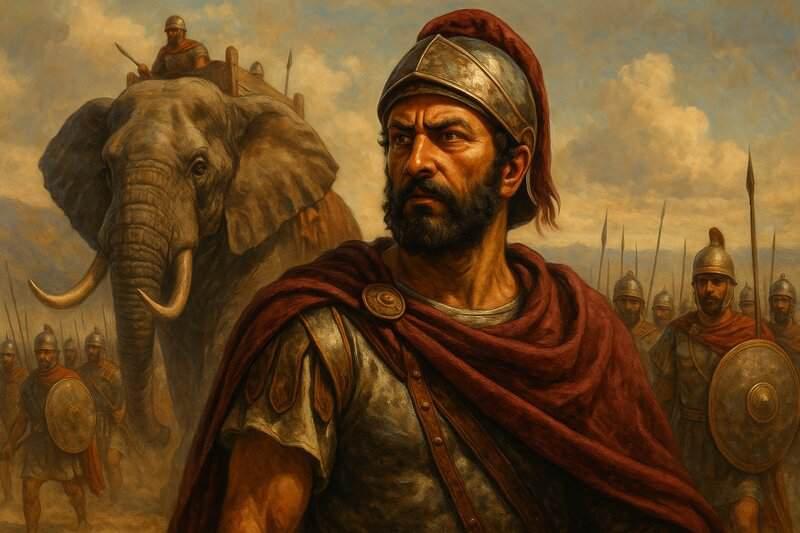The Outbreak of the Second Punic War

Tensions between Carthage and Rome reignited over control of territories and influence in the Mediterranean, particularly in Spain’s resource-rich regions. The Roman Republic, wary of Hannibal’s growing strength, forged alliances with local Spanish tribes, threatening Carthaginian interests in Iberia. This friction escalated dramatically in 219 BC when Hannibal besieged and captured the Roman-allied city of Saguntum, openly defying Rome’s warnings and triggering a diplomatic crisis. Rome demanded reparations and Hannibal’s surrender, but Carthage firmly supported its young general. With diplomacy collapsing, hostilities erupted, marking the beginning of the Second Punic War, a conflict destined to redefine the ancient world’s balance of power.



















